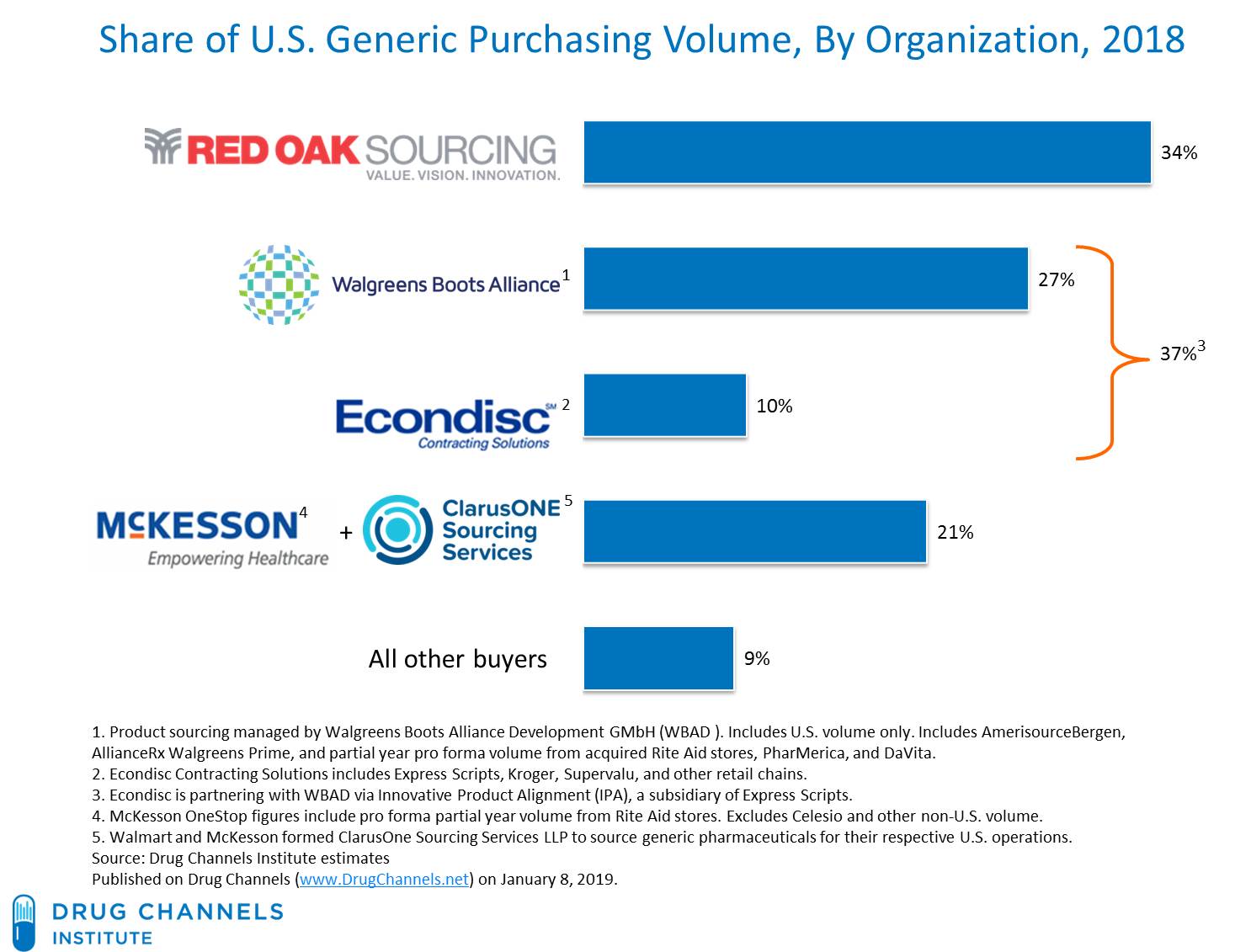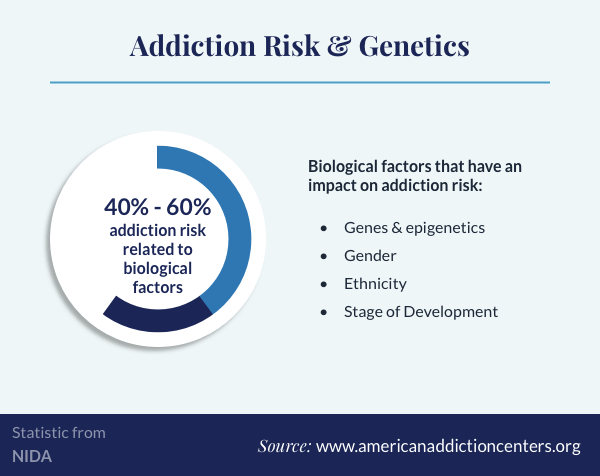AboutOur Which Neurotransmitter Is Involved In Drug Addiction PDFs
Of those surveyed, nearly one-quarter reported "severe stress." Considering that presenting the study in 2007, the APA has regularly discovered that cash and work were the leading two sources of tension reported among Americans. The study also found that 61 percent of adults reported experiencing unreasonable treatment on a day-to-day basis and that it resulted in greater levels of stress.
More than 50 percent of those surveyed reported "moderate" or "considerable stress." There are numerous reasons why individuals pick to abuse drugs or alcohol, however couple of have the same effect of stress. Regardless of the war on drugs and a number of other efforts to suppress drug use in America, these efforts have actually only achieved success in small groups.
This includes recognizing the threat aspects for establishing an SUD and the indications of abuse, among lots of other things. Poor education Mental disorder Poverty Parental drug abuse Environment Problems at school or work Physical health concerns Overlooked look Behavioral modifications Inexplicable cash investing In many cases, avoidance of substance abuse starts in your home and school.
Amongst young and older adults, finding drug-free pain management alternatives in addition to healthy methods to manage stress would go a long way in decreasing substance abuse. Regrettably, drug abuse and drug addiction are inevitable in every society. Natural interest, youthful contumacy and lots of other aspects will always make it so individuals experiment with drugs.
It's at this time that you need qualified experts to assist you combat back against dependency, and Unity Behavioral Health is prepared to blaze a trail. We offer dozens of programs to deal with all sort of drug addictions. To start drug rehab or learn more, call us at 561-708-5295.
We have a drug problem in the nation an observation that probably few would deny. Opioid abuse and dependency has actually been the topic of much hand wringing in the previous 2 or three years, but the problem is much broader and much deeper than that. There are over 22 million individuals in the U.S who have a compound abuse issue (consisting of alcohol).
Excitement About How To Help Someone With Drug Addiction
5 million individuals who have a substance use disorder due to the abuse of illegal and prescription drugs. The general public health effects of substance abuse are shocking. There were over 70,000 drug overdose deaths in 2017, the bulk due to opioids. This represents a doubling of drug related deaths in simply 10 years.
For example, almost 8 million individuals have a co-occurring mental health and drug abuse disorder. All of this states absolutely nothing about the influence on people, families and communities. The financial repercussions are simply as stunning. Current price quotes put the criminal offense, lost performance and health care expenses of abuse of alcohol, illicit drugs, and prescription opioids at over $500 billion each year.
Price quotes indicate that Americans spend $100 billion annually on simply four drugs marijuana, drug, heroin and methamphetamine. The Mexican cartels are among the primary beneficiaries of this prospering market. The economics of the drug trade paint an engaging picture. A kg of cocaine from Colombia can be acquired for $2,000.
Once it crosses the U.S - how to overcome drug addiction. border, its value leaps to $30,000. When it is broken down into grams and sold on the street, it can net $100,000. That is a 4,900 percent boost. Since the 1970s, we have been waging a war on drugs. We have actually Additional reading invested $1 trillion on this war and made 45 million drug arrests.
Today, almost one-third of jail admissions are for a drug offense. Our go-to option to the drug problem has actually been the criminal justice action and the objective has been to reduce the amount of drugs crossing the borders, and restricting what is dispersed, offered and had. This effort has included a wide range of federal, state and local law enforcement and intelligence gathering companies.

drug policy the ruthless efforts to control the supply and availability of drugs would lead one to conclude that the real drug problem here is that we have too numerous drugs. I suggest that is the incorrect conclusion. We have a drug issue not since there are a lot of drugs.

7 Simple Techniques For What Is The Treatment For Drug Addiction
I argue that the real problem, which has stayed essentially unaddressed, is excessive demand for drugs. The opioid crisis is a fine example of where our lost priorities have taken us. Our service has mainly concentrated on a criminal justice action and enforcing restrictions on prescriptions for opioids. What we have seen is that as prescription opioids become more challenging to get, there has Great post to read been a migration to heroin and artificial opioids, which are largely responsible for the increase in Alcohol Detox overdose deaths.
That did impact domestic production, which in turn opened up a brand-new and very successful market for the Mexican cartels. Need drives supply. If supply control seems like restriction of alcohol, that is because it is. And we get the very same result. A fast and unclean metric of the effectiveness of our drug prohibition policies is the street level price of illegal drugs.
We have seen specifically the opposite - people at the highest risk of drug addiction are those who are. It is time to raise the white flag, get honest about our failed attempts to efficiently control supply, and turn our attention to serious efforts at demand reduction. Up until policy makers appreciate that dependency and substance abuse are medical disorders, something the American Medical Association stated in the 1950s, we will continue down this failed and very expensive course.
Why does it make sense to penalize someone for a compound usage disorder? Demand reduction has numerous elements, however the most crucial is efficient treatment. Just a fraction of those with compound use disorders receive any treatment, either in the neighborhood or in the criminal justice system. Much of the issue is an insufficient public health system that lacks capability and funding for effective drug abuse treatment.
While a 12-step program can be practical for continuous sobriety maintenance, it is not evidence-based treatment. The clinical evidence is clear. We understand what can effectively deal with substance use conditions. What is required is for policy makers to set aside politics and individual opinion, stop discarding the issue into the criminal justice system, and get to work solving among the biggest public health crises in our history.
One in 10 Americans over the age of twelve is struggling with an active alcohol or drug dependency symptoms. This is the size of the entire population of Texas. Heroin and opioid dependencies are the most prevalent in America, and deaths associated with overdoses from these addictive substances have actually increased over 300% since 2012.
Indicators on What Does Drug Addiction Feel Like You Need To Know
Drug dependency has damaged entire neighborhoods, damaging local economies, burdening law enforcement, and orphaning innocent kids. Comprehending the symptoms and signs of drug dependency, especially in the beginning, can be crucial to getting individuals the help and treatment they need prior to the impacts end up being devastating. The following article will note common symptoms of drug dependency and offer a more in-depth analysis of dependency symptoms related to particular substances.
The concept that dependency is normally a chronic, progressive disease that needs treatment is incorrect, the proof shows. Yet the 'aging out' experience of the bulk is disregarded by treatment providers and journalists. So argues Maia Szalavitz in this article initially released by Substance. comWhen I stopped shooting coke and heroin, I was 23.
